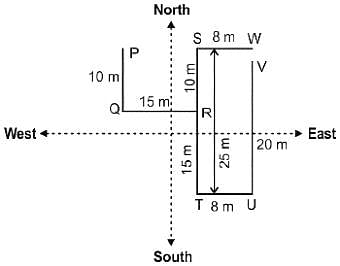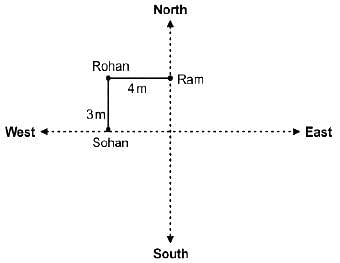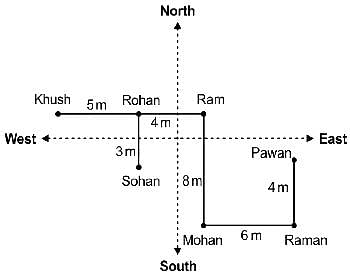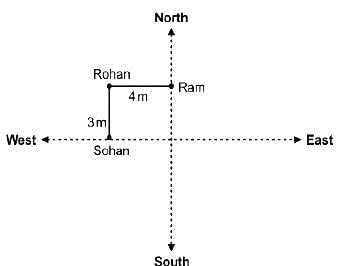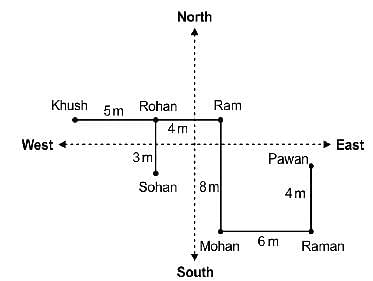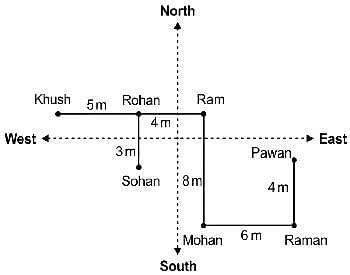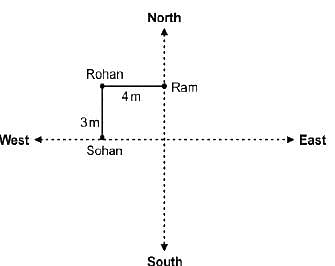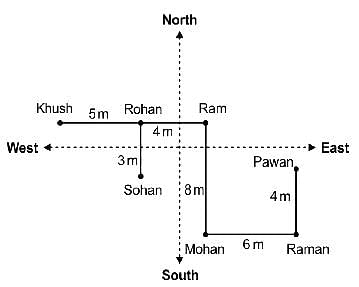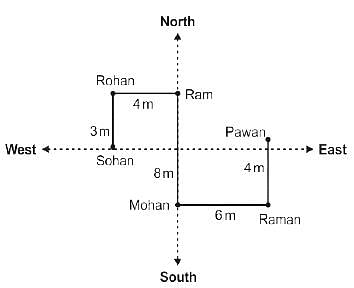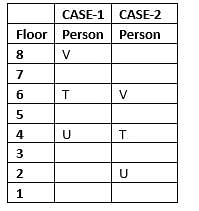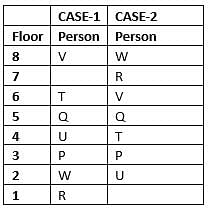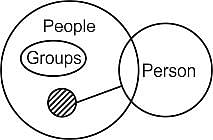Reasoning Ability Test - 1 - Bank Exams MCQ
30 Questions MCQ Test - Reasoning Ability Test - 1
| 1 Crore+ students have signed up on EduRev. Have you? Download the App |
Four of the following are alike. Which one does not follow the group?
Who among the following is sitting fourth to the left of Q?
Direction: Study the following information carefully and answer the following questions:
A certain number of persons are sitting in a circular table in such a way that all are facing inside the circle. Q is second to the right of K. Only two persons sit between Q and O, who is not an immediate neighbor of K. T is fourth to the left of O. Y is an immediate neighbour of O. D sits second to the right of Y. S is an immediate neighbour of Y and sits third to the left of T. M sits right of J.
Who sits second to the left of the person who sits fifth to the right of J?
Who among the following is the first person to finish the race?
Who among the following finishes the race between W and Y?
In each number, if the digits are arranged in descending order, then how many numbers will remain unchanged?
If, in each number, the digits are arranged in ascending order, what will be the sum of the middle digits of each of the numbers?
From the final arrangement, Anu is related to Elza the same way Balu is related to Rajesh, then who among the following will be related to Balu?
If Daya interchange her flat with Balu's flat, then Balu will live on which floor and in which flat?
What is the direction of point S with respect to point Q?
What is the shortest distance between point R and point V?
What is the shortest distance between point W and Point V?
Mohan is in which direction with respect to the Rohan?
Direction: In the following question assuming the given statements to be true, find which conclusion among the given two conclusion(s) is /are definitely true and then give your answers accordingly.
Statements:
J ≤ Q = K ≥ A ≥ X < F
Conclusions:
I. J < F
II. Q ≥ X
Direction: In the following question assuming the given statements to be true, find which of the conclusion among given conclusions is/are definitely true and then give your answers accordingly.
Statements: J < E ≥ O; Y < P ≤ H < O
Conclusions:
I. J > P
II. Y < E
Directions: In the following question assuming the given statements to be true, find which of the conclusion among the given conclusions is/ are definitely true and then give your answers accordingly
Statements: A ≥ X = N > Y; O ≥ A = L; N = Z
Conclusions:
I. O > Z
II. O = Z
Directions: In the question below are given two statements followed by two conclusions numbered I and II. You have to take the given statements to be true even if they seem to be at variance with commonly known facts. Read all the conclusions and then decide which of the given conclusions logically follows from the given statements disregarding commonly known facts.
Statements:
All Groups are People.
Only a Few People are Person.
Conclusions:
I. Some People are Groups.
II. Some People are not Person.
Directions: In the following question assuming the given statements to be true, find which of the conclusion among given conclusions is/are definitely true and then give your answers accordingly.
Statement:
K ≥ W = Y; Y ≤ P = G; F < W > V = H
Conclusion:
I. G = W
II. W < GHow many such pairs of letters are there in the word ‘DISCOVERY’, each of which has as many letters between them in the word (both forward and backward direction) as they have between them in the English Alphabet?


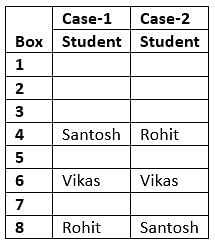
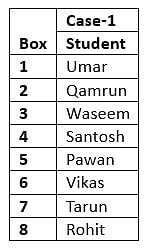
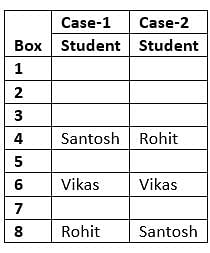
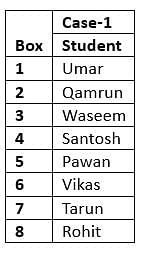
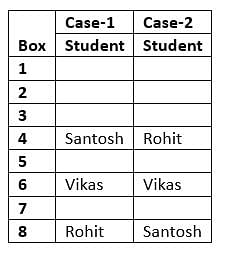
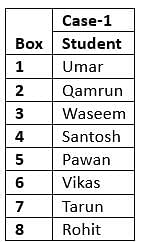
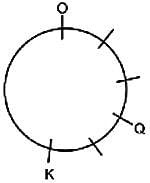
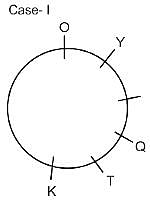
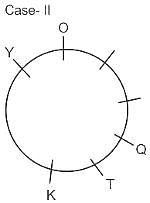
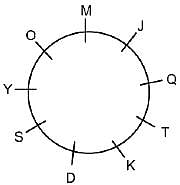
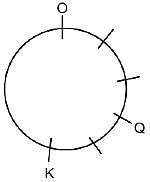
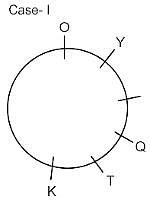
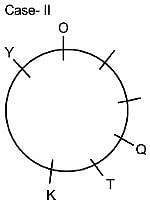
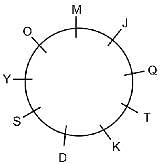
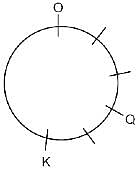
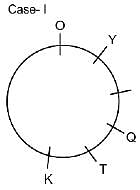

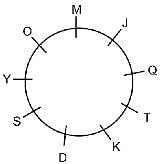
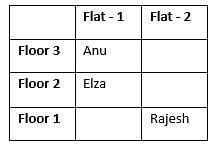
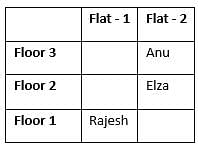

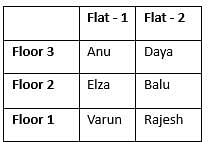
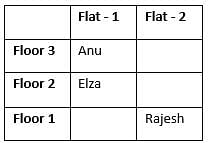
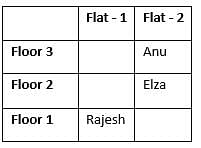
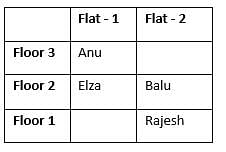
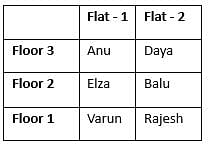
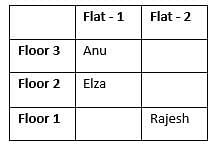
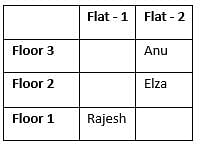
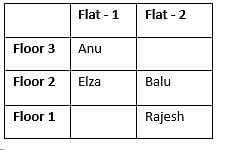
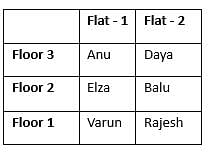
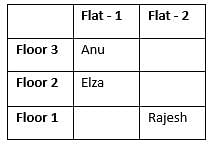
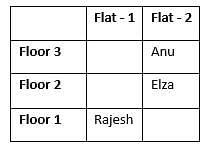
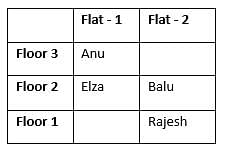
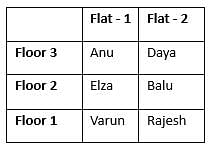
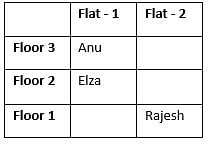
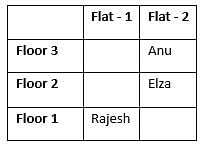
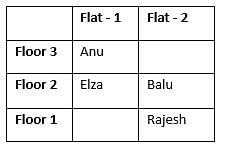

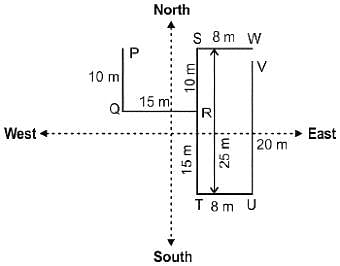
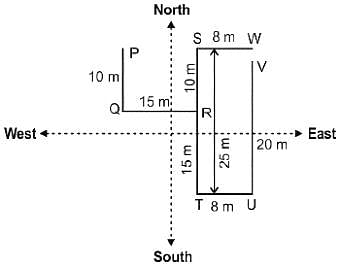



 m is the shortest distance between points R and V.
m is the shortest distance between points R and V.